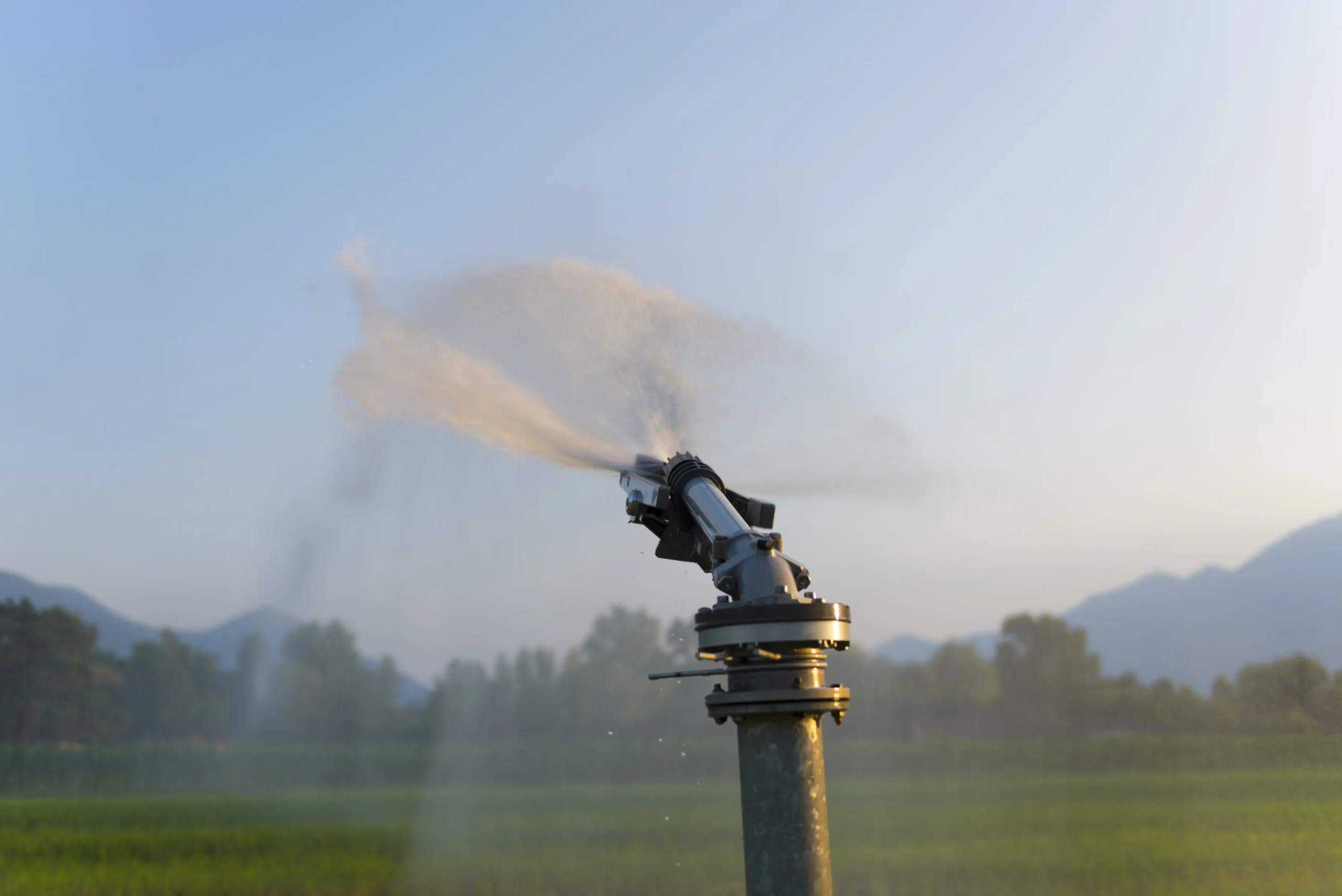Learn about automatic irrigation valves and how they simplify garden watering. Perfect for homeowners and businesses looking for efficient solutions!
Introduction to Automatic Irrigation Valves
Maintaining a lush garden in Dubai’s hot climate can be a challenge. Enter automatic irrigation valves—the unsung heroes of modern gardening! These nifty devices take the hassle out of watering, ensuring plants receive just the right amount of moisture. This article dives into the world of automatic irrigation valves, exploring their benefits, types, installation tips, and more.
What Are Automatic Irrigation Valves?
Automatic irrigation valves are devices that control the flow of water in an irrigation system. They open and close in response to signals from timers or controllers, allowing for efficient and precise watering of gardens, lawns, and commercial landscapes. Think of them as the traffic lights for water flow—ensuring every plant gets its fair share!
Why Use Automatic Irrigation Valves?
The advantages of using automatic irrigation valves are plentiful. Here are a few reasons why these valves are essential for any irrigation system:
Water Efficiency
Automatic irrigation valves allow for targeted watering. Instead of soaking the entire area, water is delivered exactly where it’s needed, minimizing waste. This efficiency is especially crucial in Dubai, where water is a precious resource.
Time-Saving
Setting up an automatic system means less time spent hand-watering. With these valves, there’s no need to run outside every time a plant needs water. This time-saving feature is a gardener’s best friend!
Healthier Plants
With consistent moisture levels, plants can thrive. Automatic irrigation valves ensure that gardens receive the right amount of water without over-saturation or drought stress, leading to vibrant and healthy foliage.
Customization
Most systems allow customization for different zones. For example, those sun-loving cacti don’t require the same watering as those tropical ferns. Automatic valves can be programmed to suit the specific needs of each plant type.
Types of Automatic Irrigation Valves
Understanding the different types of automatic irrigation valves can help in choosing the right one for a specific gardening project.
Solenoid Valves
These are the most common type of automatic irrigation valves. They use electromagnetic coils to open and close, controlled by a timer or controller. They are reliable and easy to install, making them a popular choice.
Anti-Siphon Valves
These valves prevent backflow, ensuring that contaminants don’t enter the water supply. They are perfect for systems where there’s a risk of pollution and are often used in residential gardens.
Zone Control Valves
These valves allow for the division of larger areas into manageable zones. Each zone can be watered independently, making it easier to control different plant needs. They are especially useful in large gardens or commercial properties.
Pressure Regulating Valves
These valves ensure that the water pressure remains consistent, preventing damage to irrigation systems. They are particularly helpful in areas with fluctuating water pressure.
Installing Automatic Irrigation Valves
Setting up an automatic irrigation system can seem daunting, but with a bit of guidance, it can be done with ease. Here’s a straightforward process for installation:
Step 1: Plan the Layout
Start by sketching out the garden area. Identify where each valve will be installed and how they will connect to the water source.
Step 2: Gather Materials
Ensure all necessary materials are on hand. This includes the valves, connectors, pipes, and tools like a shovel, wrench, and tape measure.
Step 3: Dig the Trenches
Dig trenches for the water lines, ensuring they are deep enough to avoid damage from lawn maintenance tools.
Step 4: Install the Valves
Attach the valves to the pipes, following the manufacturer’s instructions. Ensure all connections are secure to prevent leaks.
Step 5: Connect to the Timer
Link the valves to the irrigation controller. This will allow for automated watering schedules.
Step 6: Test the System
Turn on the water and check for leaks. Ensure the valves open and close as intended. A little dance in the sprinkler can add some fun to the testing process!
Maintenance Tips for Automatic Irrigation Valves
Like any good system, maintenance is key to longevity. Here are some helpful tips:
-
Regular Checks:
Periodically inspect the valves for leaks or blockages. A quick check can prevent bigger issues later.
-
Clean Filters:
If the valves have filters, clean them regularly to ensure optimal performance.
-
Winterization:
In cooler months, protect the system from freezing temperatures. This might include draining the system or insulating pipes.
Conclusion
Automatic irrigation valves are essential for anyone looking to maintain a beautiful garden or landscape in Dubai. By implementing an automatic irrigation system using automatic irrigation valves, the watering process becomes efficient, effective, and easy to manage. Say goodbye to the days of hand-watering and hello to a greener, healthier space!
Ready to transform your garden with the latest irrigation technology? Contact KSA Landscape & Gardening L.L.C. at +971586915520 for expert assistance and personalized solutions! Let’s make watering a breeze!
FAQs About Automatic Irrigation Valves
How do automatic irrigation valves work?
Automatic irrigation valves work by receiving signals from a timer or controller. When activated, they open to allow water flow and close when the desired amount of water has been delivered.
Can these valves be used with any irrigation system?
Yes, automatic irrigation valves can be integrated into various irrigation systems, including drip irrigation and sprinkler systems.
How often should the system be checked?
It’s recommended to check the system at least once a month to ensure everything is functioning properly and to adjust the watering schedule as needed.
What happens if a valve gets stuck?
If a valve becomes stuck, it can usually be repaired by cleaning or replacing the solenoid. Regular maintenance helps prevent this issue.
Can the system be programmed for different seasons?
Absolutely! Most controllers allow for seasonal adjustments, ensuring that plants receive the appropriate amount of water throughout the year.


